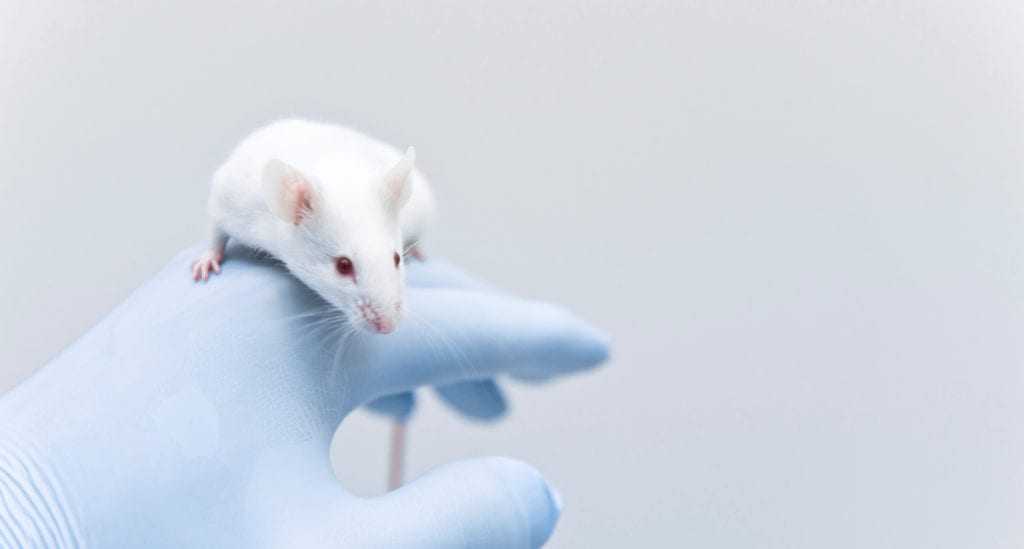More than 10 million people die from cancer each year, so cancer research is highly significant to our societies. Cancer studies have multiple aims, including understanding the causes of cancer and identifying risk factors, developing effective treatments and increasing patient survival rates, and creating more accurate and reliable clinical trials.1 Additionally, it is important that cancer research helps build partnerships and supports data sharing with organizations around the world to further develop treatments and limit the devastating impacts of cancer.
Animal subjects are used in cancer research to understand human conditions and to assist in developing effective treatments. Through animal models, scientists can study the genetic and biological mechanisms of cancer, tumor biology and metastasis, and many other aspects of cancer. During the studies, small animal imaging techniques are used to monitor the animal models and obtain a wealth of information during preclinical trials. In this blog post, we provide a more in-depth overview of how small animal imaging factors into cancer studies.
Types of Small Animal Imaging Modalities
A range of modalities is available for small animal imaging in cancer studies. Their noninvasive set-up makes them significantly useful for detecting and analyzing a range of tumors, cells, and other details of cancers. In this section, we look at three common modalities.
X-ray Computed Tomography (CT)
X-ray CT is a non-invasive, high-resolution imaging modality that is used to produce cross-sectional images of an animal model.2 It has been used in medicine since the mid-1970s and can be used for imaging every part of the body, making it an important modality in cancer studies. CT is used to scan and monitor animal models during preclinical trials to understand tumor composition and metastasis and how they may respond to drug treatments.
Magnetic resonance imaging (MRI)
MRI is used to look at the organs and tissues of an animal, which is crucial for identifying small changes in an animal’s function or structure. In cancer studies, an MRI is used to study the way tumors grow and spread and how tumors respond to treatment. By doing so, scientists can determine whether a drug will be effective in a clinical trial to shrink or slow the growth of tumors.
Positron Emission Tomography (PET)
PET is another modality with an important role in cancer studies. It can be used to diagnose cancer and uses radiotracers to identify and measure a range of changes in the body, including blood flow, changes in metabolic processes, and other physiological roles.3 It can also detect tumor markers and identify a tumor’s aggressiveness, invasiveness, and resistance to drugs, allowing scientists to find a more suitable treatment or therapy.
Applications of Small Animal Imaging in Cancer Studies
In cancer studies, imaging technologies for animal models have evolved drastically. When oncologic imaging was first introduced, only the size and location of a tumor could be identified. Now, however, researchers can obtain information about biochemical, genetic, molecular, and other events on a macroscopic scale. Although they have been mentioned in the previous section, we briefly look at some of the main applications of imaging modalities.
- Tumor Detection and Characterization
- Evaluation of Tumor Response to Therapy
- Assessment of Drug Efficacy and Toxicity
- Study of Tumor Microenvironment and Metastasis
In preclinical studies, it is crucial for scientists to identify whether a specific drug or treatment can shrink a tumor or slow its growth rate. To determine the success of a potential treatment, imaging modalities are used to measure the size of a tumor and monitor any outcomes.
Scintica and Small Animal Imaging
Scintica provides equipment that enables scientists to conduct preclinical trials and further develop their research in science and medicine. We offer a range of accurate and reliable imaging tools for various applications, including CT, MRI, and PET imaging technologies.
Contact a member of Scintica today to learn more about how small animal imaging is vital in preclinical cancer studies.
